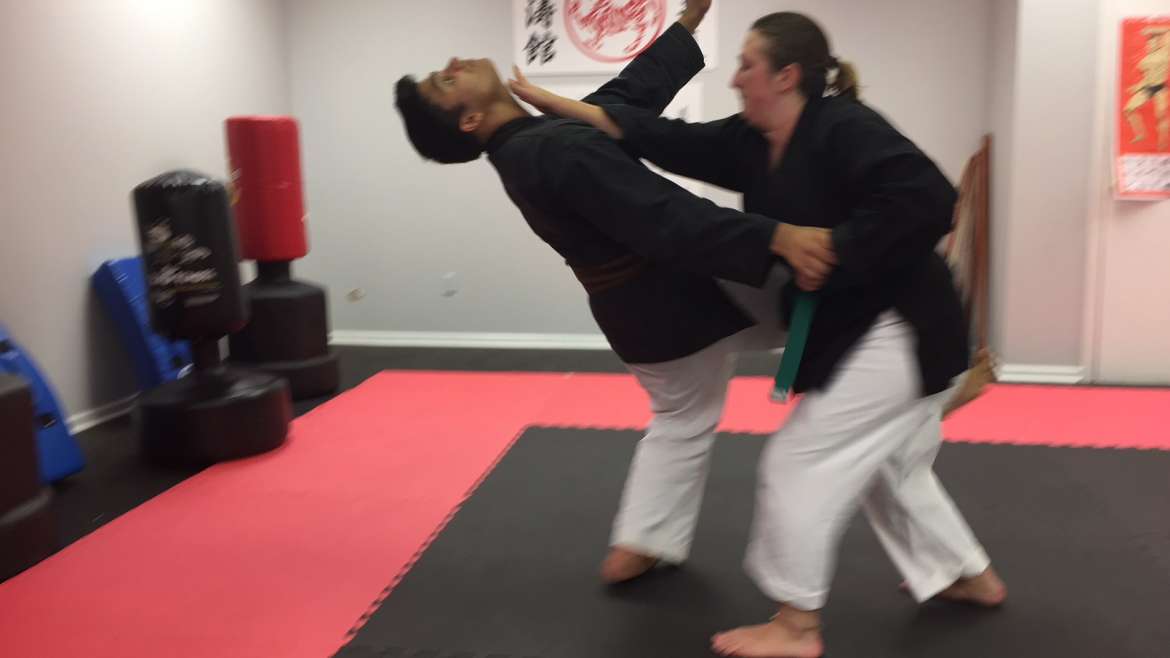At Shuto Karate Club in Sellersville, we don’t attempt to make our students into fearsome fighters who can take on multiple opponents and render all of them unconscious or twitching on the pavement. Actual self-defense does not resemble a movie or TV show. We aim for something much more attainable and practical.
In the movies, the martial arts master who defeats 4 or 5, or 10, attackers does not need to deal with legal or ethical implications. (Plus, they never ‘freeze’ or get winded!) Those kinds of consequences are rarely in the script. However, in real life, ordinary, decent people have an aversion to needlessly harming someone and might have feelings of guilt in the aftermath.
Also in real life, each state has laws that circumscribe the permissible circumstances under which one may legally apply “lethal force” to another person. We study and train ourselves so that, should we ever face a threatening situation, we are likely to stay both within legal bounds and within the limits of our own individual ethical code.
In every class in our dojo, we practice techniques that, when applied to the right target with a sufficient amount of power, could cause death or serious injury to another person. We train our hands, feet, elbows, knees, etc. so that, in the words of Shotokan founder Gichin Funakoshi, someone “well-trained in this form of defense may consider the whole body to be a weapon of awesomely effective offensive power.”
However, using deadly force is considered a last resort. For children and adults, we use different methods with different goals. With children, it is primarily about fending off other children who are aggressors, or, in the case of adult threats, escaping from them. With adults, we train in scenarios in which we resort to deadly force. In all cases, we practice techniques of threat awareness and avoidance, non-aggressive but assertive and protective body language and posture, verbal conflict resolution, and finally, use of physical force to deter or neutralize a threat.
The great benefit of karate is that it gives weaker or smaller people a “fighting chance” against aggressors. Again, there are no miracles, but if the right lessons are taught effectively and practiced diligently, a weaker or smaller person can at least buy themselves the time or opportunity to escape from a would-be assailant.
To again quote Gichin Funakoshi, “In short, among the advantages of karate as a means of self-defense are these: no weapons are necessary; the old or sick, or women, are able to apply it; and one can protect himself effectively even with little natural strength. These points combine to make a karate a form of self-defense without equal.”


